It always comes back to money. Many business owners and operators would prefer to put all of their focus towards satisfying customers and providing the goods or services that they truly value.
Unfortunately, there are expenses outside of that scope, and one of the big money eaters in every industry is IT. Yet, bringing those expenses under control doesn’t have to be as daunting as it feels. Here are five tips that can get your spending under control in surprisingly short order.
Third-Party Audit
This is often the first step to cutting any IT costs, infrastructure or otherwise. One of the easiest ways to get a meaningful audit is to look into technology expense management (TEM). It’s always where they will want to begin to help you get tight control over your IT spending.
It’s also important to have the impartiality of a 3rd-party when you undergo the audit. One of the leading causes of accumulating IT costs is the inevitable biases that build within a company over time.
One easy example of this is with telecom vendors. When you work with a company and they seem to treat you well, you might be willing to pay extra out of a sense of loyalty. If you’re looking for absolute ways to beat costs, re-negotiating with vendors will be important, and a proper IT audit can make that abundantly clear.
Analyzing Servers
A good audit will try to evaluate your server situation, but even for experienced TEM providers this can a tricky prospect. Simply put, there are so many variable server configurations that it’s difficult to truly assess spending efficiency and ROI on your server setup without taking a long, hard look.
The key to winning in this area is to consider as many options as possible. There are fully in-house servers, outsourced hardware, virtual configurations, rented equipment, owned equipment and a large number of other options. On top of all of that, the best server configurations typically utilize a mix and match of everything available.
It’s important to remember that no two businesses should have identical server setups. If you invest in projecting server costs and ROI, you should be able to find substantial savings in your own configuration.
Client Device Assessment
There is a specific component of IT auditing that arises when you look at client devices. You need to know how many devices are accessing your infrastructure, how long they stay connected, how frequently they connect and how many resources they consume during those connections. This shows you exactly what demand is placed on your infrastructure and helps you assess those related costs.
One important idea that is often overlooked is limiting this access. Some of the easiest ways to do this are to move away from bring-your-own-device policies, restrict or reduce telecommuting (or increasing it in some situations), and put hard limits on the number of devices employees might connect to the system. It’s unlikely that workers need to have multiple phones, tablets and computers all plugged into your infrastructure on any given day.
The Self-Help Desk
There’s no way around it. Help desk support is one of the most expensive portions of IT, and it’s nearly impossible to properly assess returns on this investment. Downtime is obviously costly, but how much downtime does your help desk prevent when they clear printer jams?
The idea of self-help is that you can build a web/app-based help line that is fully self-service. Most common problems are easy to fix when the solution can be found rapidly and understood readily. Building on this idea, many companies are investing in help-desk chat bots that directly answer the most common questions.
Keep in mind that going this route won’t fully eliminate the need of live help-desk support. It’s only a measure to reduce strain on those resources and the associated costs. That said, you can draw large savings with self-help.
Go to the Cloud
This is on every single list that mentions ways to save on IT costs and there’s a reason for that. Cloud services are easily one of the most cost-effective ways to keep workers and devices in clean, clear communication with minimal downtime.
When you’re auditing your IT infrastructure, look and see how much it would cost to operate entirely on 3rd-party cloud services. Compare to the same costs if you were to own your own cloud infrastructure. Then, see where the optimal point rests in between those extremes. It won’t just save a lot of money. It’s also one of the easiest moves you can make.
Summary
These five tips can definitely get you headed in a good direction, but this list is nowhere near exhaustive. We haven’t discussed personnel costs at all. Ultimately, the one universal tip that can help you reign in all of your technology costs is to investigate TEM. It comes in enough shapes and sizes that you can find a program that will certainly save you money, and it will include these tips alongside many more.
Ready to discover just how much Telecom Expense Management can save you?
Schedule a discovery call with our TEM experts!
About the Author: Chantel Soumis
Chantel Soumis brings over a decade of knowledge in workflow enhancement through the use of technology. Chantel studied marketing communications and business administration at Franklin University and proceeded to work in a fast, ambitious environment, assuring client delight in the healthcare and pharmaceutical industries. Passionate about project productivity and streamlining workflows through the use of technology, Chantel strives to inform organizations of Valicom’s advanced telecom expense management software and services by mastering communications and messaging while delivering helpful information and supporting resources.

